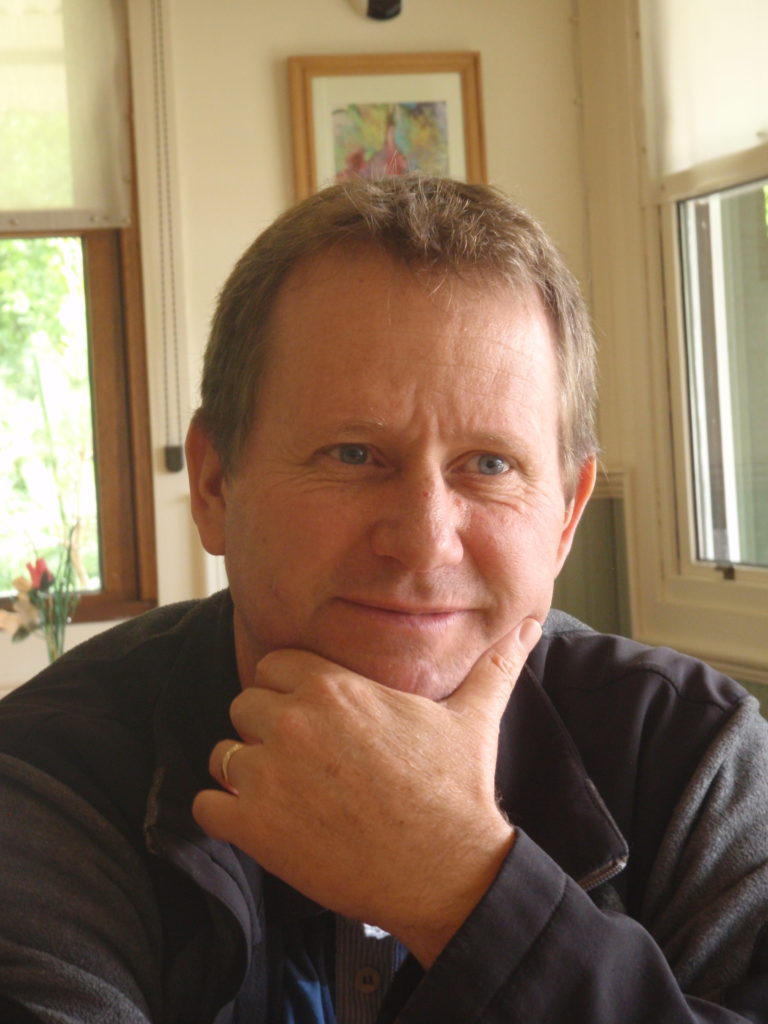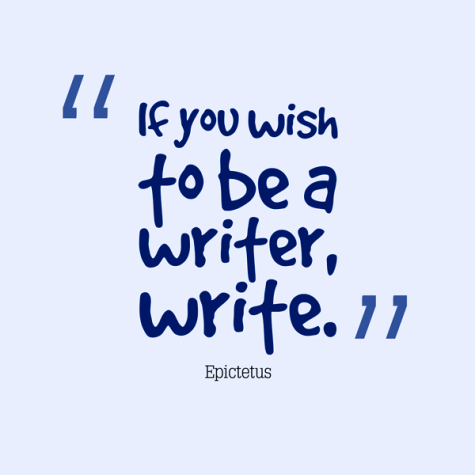
Leonardo Wild is a professional author with 11 books and 200 published articles as well as 42 produced scripts. Although he wears many hats, writing has been his livelihood and passion since age twelve.
Currently the CEO and co-owner of a company dedicated to environmental solutions, Leonardo has traveled extensively: sailed across the Atlantic and the Pacific—was the skipper of a million-dollar yacht at the age of 24 in New Zealand and in 1989 survived cyclone Harry, a Category 4. He walked three times over the Andes into the Amazon jungle with Native Indians, took part in gold survey expeditions in Ecuador’s rainforests, cycled across South America, built wooden houses and advised Ecuador’s Central Bank on currency design. These and many other experiences are invariably weaved into his writing. Learn more about Leonardo at www.leonardowild.com and follow him on Twitter @DlwildWild
Leonardo will be teaching these workshops in Ecuador:
Theme’s Top Secret Ingredients
How do you find Theme’s secret (or not so secret) core values in a Story? Do you choose your theme or does it choose you? All stories have theme whether you want it or not. Your choice of genre implies theme, as do your story-specific outcomes. Theme is the subconscious reason why we write stories, yet it’s ironically sometimes the least obvious even to us.
Writing the High Concept Conflict
Just as the tiniest spark can cause the biggest of explosions, understanding “conflict” could help you turn a fizzling story into a skyrocketing success. Type of conflict will define the type of story you are writing, just as it will establish the sort of beginning and become a blueprint for the end. “Tension” is the focus on unresolved conflict, yet it needs the appropriate resolution of your core high-concept conflict to end your story in a satisfying way. The good news is, of all story elements, conflict is perhaps the easiest to master.
Subtext: The Dark Matter of Story
Subtext is as important as Plot and Structure, yet because it deals with the “unstated,” it lurks in the shadows of story craft. Subtext is the gap that allows for the revelation we seek, it is what gives character their depth and emotional layers to dialogue. Subtext is at the core of symbolism and permeates an author’s voice and style as well as the thematic nuances that makes us write different than others. In fact, Subtext, albeit dealing with the unstated, is what allows us to be more economical in our plot and scene buildup, giving that extra punch to structural turning points as the unstated suddenly cannot be ignored any longer.

